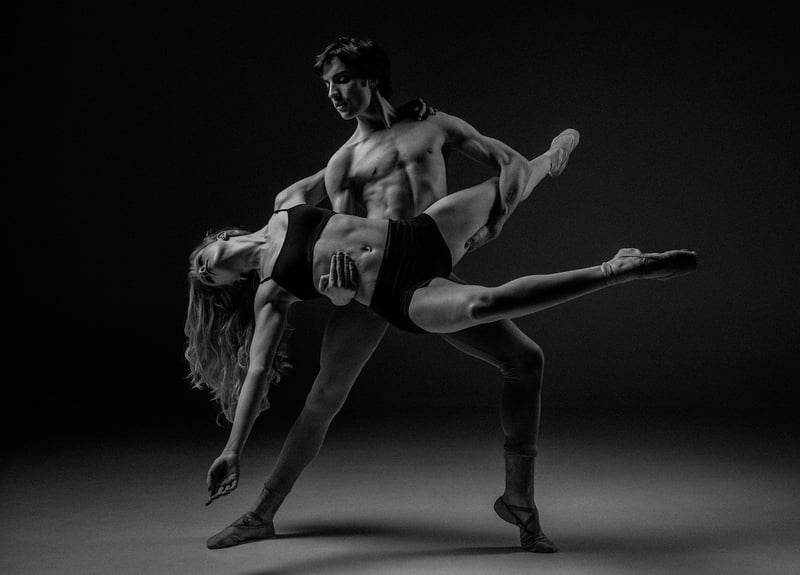Contemporary
Exploring Expressive Movement Forms in Contemporary Art
Expressive movement forms are a powerful means of artistic expression that have found a significant place in contemporary art. Artists today are pushing the boundaries of traditional art forms by incorporating movement, dance, and performance into their work. This fusion of visual art and movement creates a dynamic and engaging experience for both the artist and the audience.
The Evolution of Expressive Movement Forms
Expressive movement forms have a rich history that dates back to early performance art and avant-garde movements of the 20th century. Artists like Oskar Schlemmer, known for his work with the Bauhaus school, pioneered the integration of movement and visual art. Today, contemporary artists are building on this legacy, using technology, dance, and choreography to create immersive and interactive experiences.
Key Elements of Expressive Movement in Contemporary Art
- Body as Canvas: Artists use their bodies as a canvas, exploring movement as a form of expression.
- Interactive Installations: Installations that invite the audience to participate and engage with the artwork through movement.
- Technology Integration: Utilizing technology such as motion sensors and virtual reality to enhance the movement experience.
- Collaborations with Dancers: Working with professional dancers to bring choreographed movements into the artistic process.
Examples of Contemporary Artists Embracing Expressive Movement Forms
1. Merce Cunningham: Known for his groundbreaking work in modern dance and collaborations with visual artists.
2. Es Devlin: A renowned stage designer who incorporates movement and technology into her immersive installations.
Exploring Expressive Movement

Expressive movement forms continue to evolve and inspire artists to break new ground in contemporary art. By merging the physicality of movement with the creativity of visual art, artists are creating captivating and thought-provoking works that challenge traditional notions of art and engage audiences in unique ways.
